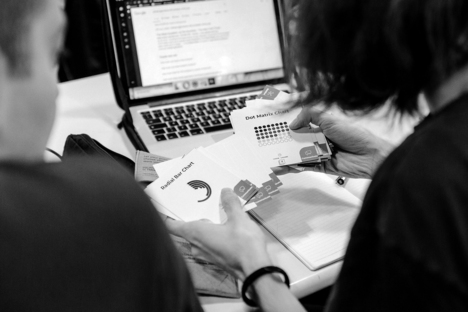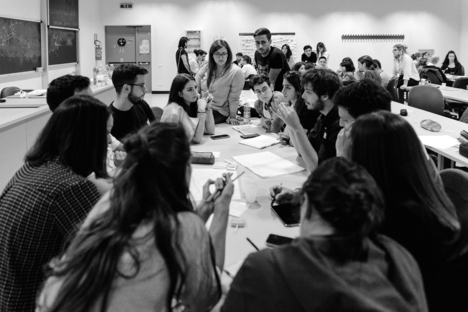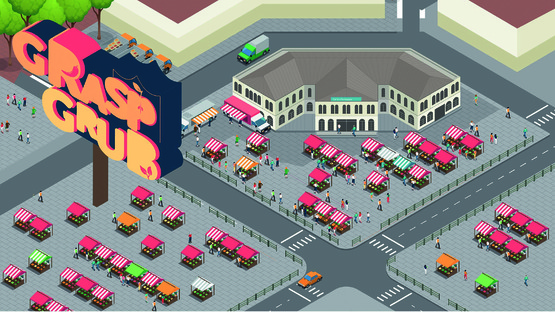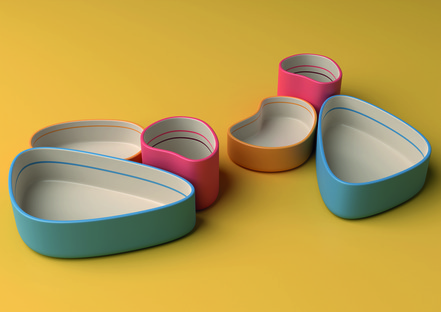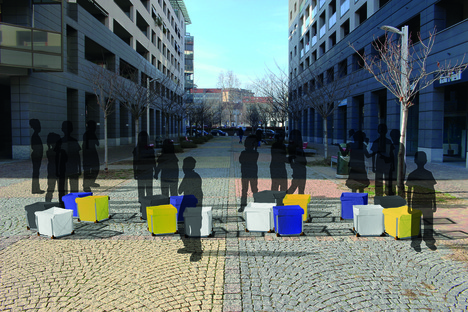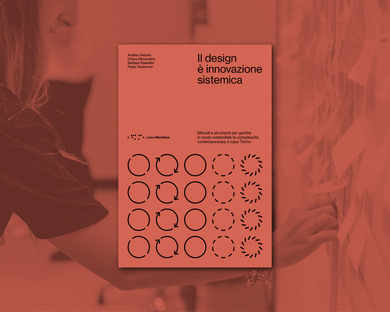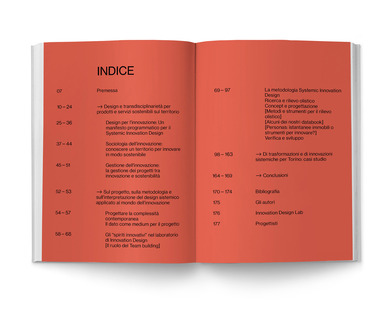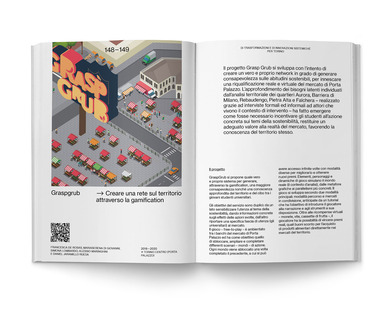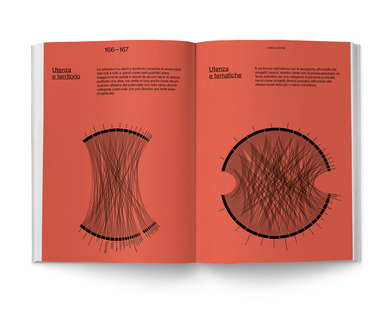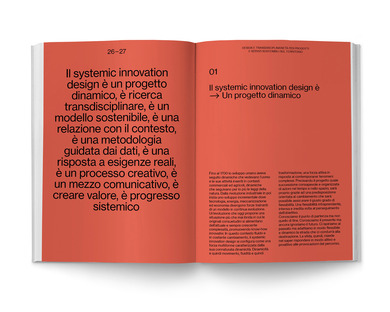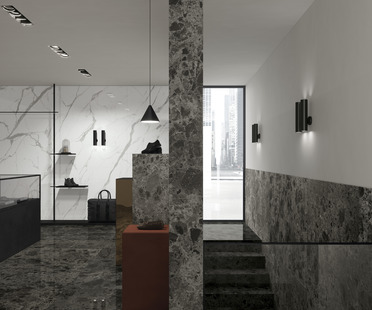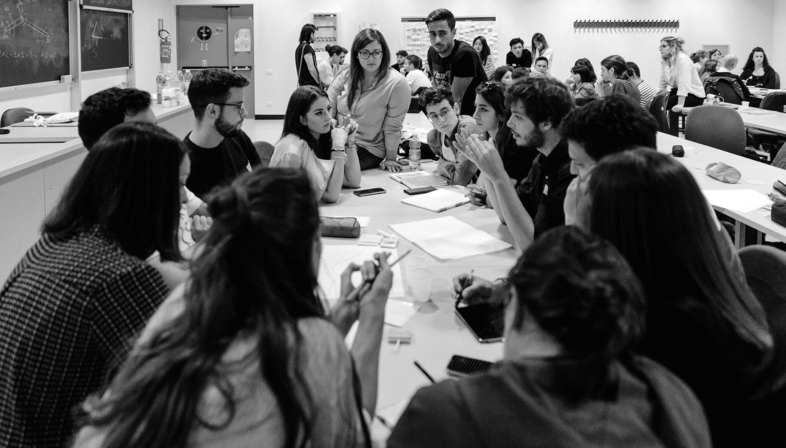
In June this year, publishing house LetteraVentidue printed an interesting volume written by four researchers following their research endeavours at the Innovation Design Lab at the Politecnico di Torino. The book is entitled ‘Il Design è innovazione sistemica. Metodi e strumenti per gestire in modo sostenibile la complessità contemporanea’ [‘Design is Systemic Innovation: Methods and Tools for Sustainably Managing Contemporary Complexity’], and the four authors behind it are Andrea Faiardo, Chiara Remondino, Barbara Stabellini and Paolo Tamborrini.
At 180 pages long in a handy 16.5 x 24cm format, the book provides an in-depth analysis of how, in a society that is constantly and rapidly transforming, Innovation Design takes on a crucial and pervasive role in managing complexity, especially if we are to achieve the systemic sustainability goals that have been set. It is aimed at “students, researchers, designers, entrepreneurs, curious minds or actors in local areas”, offering an intriguing reflection and proposing a means of establishing a multidisciplinary dialogue on the issues, boundaries and limitations of contemporary design. Indeed, they claim that design as it is currently understood - in the way the discipline is used nowadays - is no longer suited to ensuring shared responsibility and, as a result, the kind of sustainability that is paramount to mankind’s long-term survival on Earth.
The opening chapter of the book is entitled ‘Design e transdisciplinarietà per prodotti e servizi sostenibili sul territorio’ [‘Design and Transdisciplinarity for Sustainable Products and Services in the Territory’]. In terms of the design of production processes, the territory can be seen as the operational context or as the target of protective measures. The book refers to Parenti and Sedini’s theories in wanting to consider the territory as the combination of these two parts, yet also adds into the authors’ calculations the relational network that drives the processes themselves: “it is therefore necessary to manage to design both the aspects involved, i.e. both the product/service/communication artefact and the relationships that affect it. This activity inevitably requires a perspective that differs from the one adopted by design as a discipline until now. As such, we must shift from an approach focused on how to obtain a certain result to one that works by examining the motivation behind the operation itself. In short, we must shift from a technocentric outlook to a humancentric one”.
According to the authors, this shift in focus in people’s minds is a crucial step towards guaranteeing sustainability, hence the name they have given their proposal - ‘Systemic Innovation Design’ - along with a manifesto that they have drawn up to establish the guidelines for this innovative approach to design as a field. The manifesto is summarised into a single sentence with ten conditions, each corresponding to one of the ten points of the manifesto: “Systemic Innovation Design is a dynamic project, it is transdisciplinary research, it is a sustainable model, it is a relationship with the context, it is a methodology guided by the data, it is a response to real-world needs, it is a creative process”. The purpose here is to underline that none of these aspects can be neglected if we truly wish to embrace contemporary complexity in a sustainable way.
In a second chapter, the book continues by delving into the concepts of design, methodology and interpretation, seen through a systemic lens and applied to the world of innovation. Here, the authors ponder how innovation can be formed through relationships. To this end, they present maps showing innovativeness ratings for each of Europe’s regions, as well as exploring methods for a “holistic survey” that moves beyond the simplistic duality of the qualitative and quantitative dimensions, supplementing the information with ethnography and visual research.
Finally, before reaching its conclusions, the book’s penultimate chapter - ‘Di trasformazioni e di innovazioni sistemiche: casi studio’ [‘On Transformations and Systemic Innovations: Case Studies’] - illustrates a series of project curated or studied by the authors in various cities around Italy, lending a certain tangibility to the idea of “system innovation” set out over the preceding pages.
Francesco Cibati
www.letteraventidue.com/it/prodotto/582/il-design-innovazione-sistemica
Images courtesy of LetteraVentidue and Innovation Design Lab










